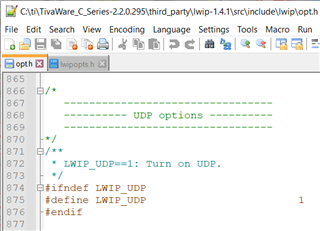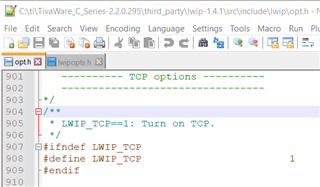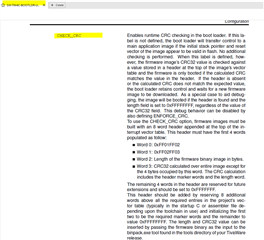Other Parts Discussed in Thread: EK-TM4C1294XL
Hi all,
I have an application running on the TIVA, with tcp server that using the lwip library and waits for messages. I would like to burn new application via ethernet. My tiva is connect to my PC directly and I know its mac and ip.
Is it possible to do so using my one application , without any bootloader?
Is the TIVA comes with ROM-bootloader “from home”, that i can use for connecting to the LM flash programmer tool, with my known ip and mac?
Or, do i have to write flash-bootloader for this purpose?
Any help will be appreciated,
Tzipi




